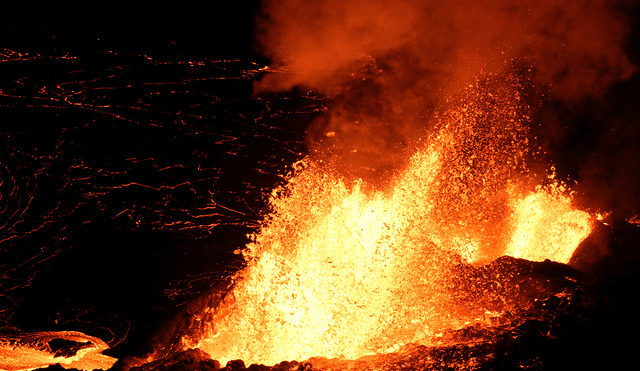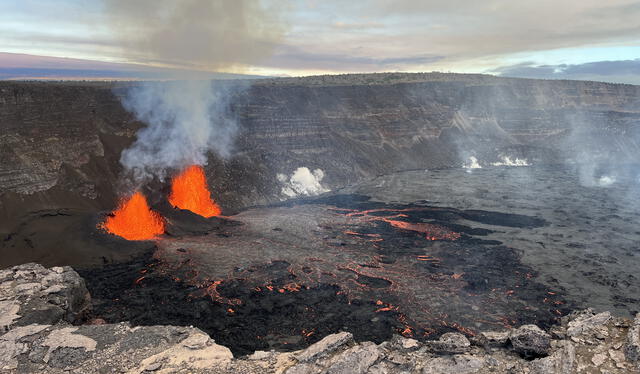Hawaii’s Kilauea volcano erupts again, spewing lava into the air
Experts advice precaution to visitors over air quality and potential hazards.

Kilauea, among the most active volcanoes on the planet, has been experiencing intermittent eruptions for nearly two months since it first became active on December 23. The volcanic activity has been concentrated at the summit crater, located inside Hawaii Volcanoes National Park.
The latest eruption started at 10:16 a. m., with molten rock spilling onto the floor of the Halemaumau crater. Within 30 minutes, a vent erupted, sending lava soaring approximately 330 feet (100 meters) into the air.
Where is Kilauea?
According to the National Park Service, Kilauea is the youngest and most active volcano on Hawaii Island and one of the most frequently erupting in the world. Throughout recorded history, it has experienced only brief periods of inactivity. Over the past 1,000 years, lava flows have covered nearly 90% of its surface.
Located 320 kilometers (200 miles) southeast of Honolulu, the volcano's impact has remained confined to Hawaii Volcanoes National Park. However, experts have warned that the presence of sulfur dioxide (SO₂) and other airborne particles could negatively affect air quality in nearby areas.

Over the past 1,000 years, lava flows have covered nearly 90% of Kilauea's surface. Photo: USGS
Possible danger
Up until now, lava has posed no threat to nearby residential areas, but it doesn't mean the danger has passed. The main dangers of this eruption include:
- High levels of volcanic gases, such as sulfur dioxide (SO₂), can lead to the formation of vog (volcanic smog) and negatively impact air quality in downwind areas.
- Volcanic debris and "Pele’s hair"—thin strands of volcanic glass—can be carried by the wind, potentially causing skin and eye irritation.
- There is a risk of volcanic ashfall, particularly in the areas surrounding the Halemaumau crater.











